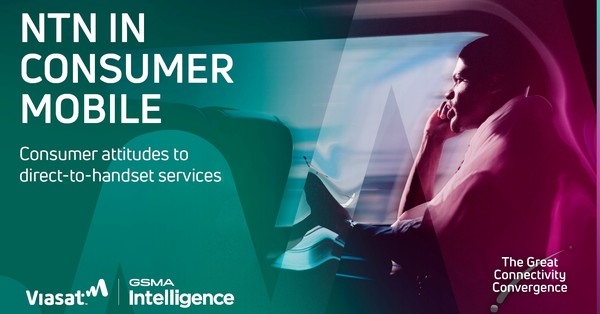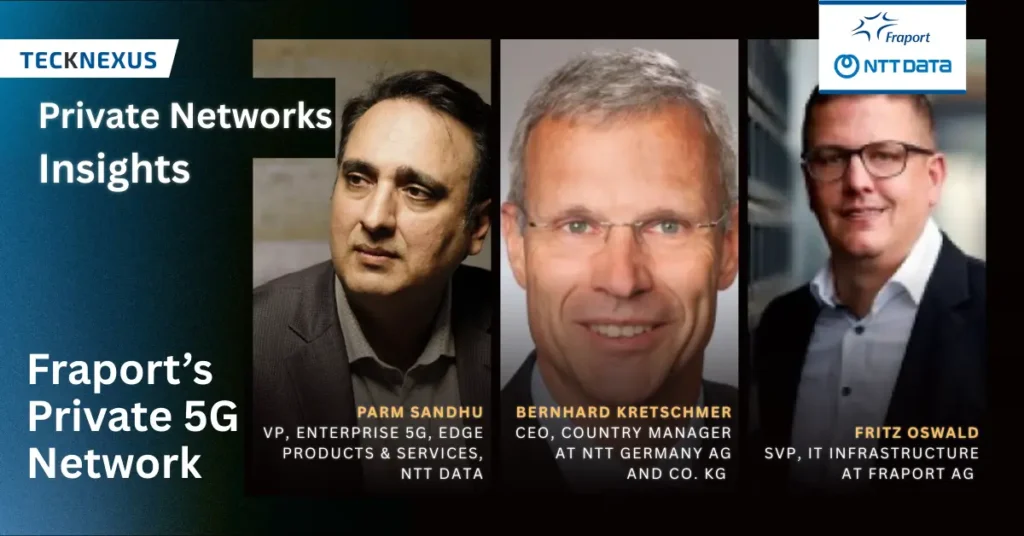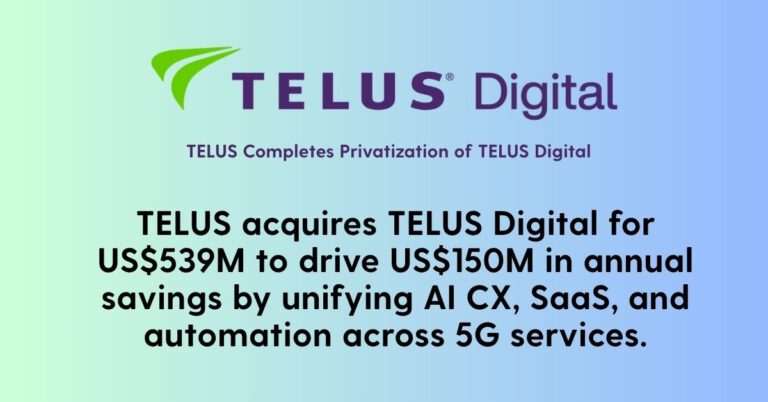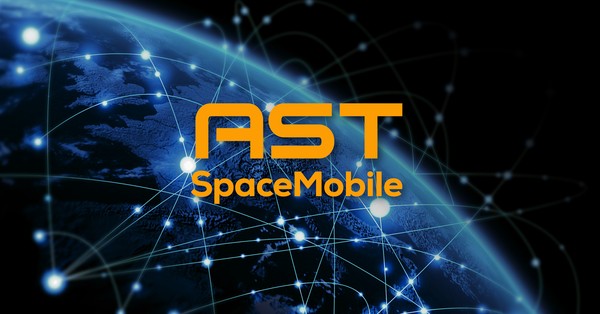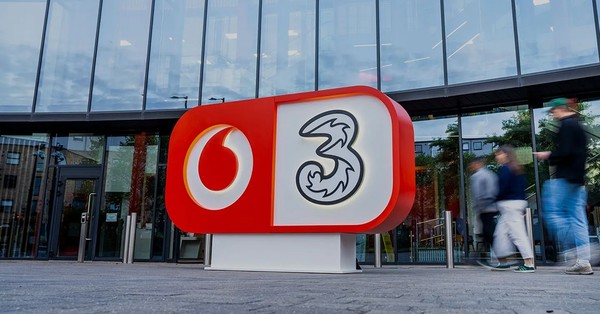Direct-to-device satellite shifts from novelty to competitive necessity
New consumer research commissioned by Viasat and executed by GSMA Intelligence signals that non-terrestrial networks (NTN) are becoming a mainstream buying factor for mobile subscribers.
Consumer demand and willingness to pay for satellite connectivity
The survey of more than 12,000 smartphone users across 12 countries find…
Home » Agriculture
Agriculture
Executive Interviews
Essential insights and practical tools for navigating private networks. Get Details.
Available on Amazon & Google Books
Subscribe To Our Newsletter
- Tech News & Insight
- December 7, 2025
- Hema Kadia
New consumer research commissioned by Viasat and executed by GSMA Intelligence signals that non-terrestrial networks (NTN) are becoming a mainstream buying factor for mobile subscribers. The survey of more than 12,000 smartphone users across 12 countries finds persistent coverage gaps: over a third of respondents lose basic cellular service multiple
- Tech News & Insight
- November 3, 2025
- Hema Kadia
TELUS has taken full ownership of TELUS Digital, a move designed to consolidate AI-powered customer experience, SaaS, and automation capabilities across its telecom, health, and agriculture businesses while unlocking material cost efficiencies. TELUS acquired all remaining TELUS Digital shares for US$4.50 per share, valuing the transaction at approximately US$539 million
- Tech News & Insight
- December 3, 2025
- Hema Kadia
Virgin Media O2 has struck a multi‑year agreement with Starlink Direct to Cell to deliver satellite‑to‑mobile service across rural UK not‑spots, positioning O2 as the first British operator to integrate Starlink’s constellation with licensed mobile spectrum. Branded as O2 Satellite, the service will initially support messaging and basic data on
- Tech News & Insight
- October 12, 2025
- Hema Kadia
Verizon and AST SpaceMobile have advanced their partnership into a definitive commercial agreement to deliver space-based cellular coverage in the United States starting in 2026. The agreement enables Verizon subscribers to connect “when needed” to AST SpaceMobile’s low Earth orbit (LEO) satellites using standard, unmodified phones. AST says service will
- Tech News & Insight
- October 10, 2025
- Hema Kadia
India Mobile Congress 2025 in New Delhi framed a clear ambition: scale domestic innovation, shape 6G, and turn telecom into a larger engine of GDP growth. Leaders underscored a whole-of-government approach, with multiple ministries backing IMC and the Department of Telecommunications and the Cellular Operators Association of India co-hosting. India’s
- Tech News & Insight
- September 25, 2025
- Hema Kadia
Telefónica reports €77 billion invested over ten years to expand sustainable, resilient connectivity, with SDG 9 (industry, innovation and infrastructure) as the strategic anchor. The operator now serves nearly 350 million accesses, has passed 81.4 million premises with FTTH, and runs one of the largest ultra-broadband footprints globally, second in
- Tech News & Insight
- September 23, 2025
- Hema Kadia
Fresh off its merger, VodafoneThree has locked in eight-year vendor deals with Ericsson and Nokia to underpin a £11 billion UK network build that is front-loaded for rapid 5G Standalone coverage gains. VodafoneThree selected Ericsson and Nokia as primary technology partners for one of the largest privately funded mobile infrastructure
- Tech News & Insight
- September 18, 2025
- Hema Kadia
Iridium Communications and Deutsche Telekom (DT) are collaborating to integrate Iridium NTN Direct with DT’s global IoT footprint, enabling DT customers to roam onto Iridium’s low Earth orbit (LEO) network for narrowband IoT. The service targets 3GPP-compliant 5G NTN for NB-IoT, bringing satellite reach to sensors, machines, and vehicles. Commercial
- Tech News & Insight
- September 17, 2025
- Hema Kadia
Space42 and Viasat plan to form Equatys, a joint venture designed to deliver standards-based Direct-to-Device (D2D) connectivity to smartphones and IoT devices over a unified satellite–terrestrial network. The partners intend to launch a 3GPP Non-Terrestrial Network (NTN) platform that integrates with 5G networks and works with unmodified handsets and IoT
- Tech News & Insight
- September 11, 2025
- Hema Kadia
SpaceX wants the FCC to count Starlink as “advanced” broadband in its annual Section 706 report, a move that could reshape funding, benchmarks, and competition in rural internet buildouts. In 2024, the agency set a 100/20 Mbps benchmark, added affordability and adoption metrics, and floated a long-term goal of 1
TeckNexus Newsletters
I acknowledge and agree to receive TeckNexus communications in line with the T&C and privacy policy.
Whitepaper
Private cellular networks are transforming industrial operations, but securing private 5G, LTE, and CBRS infrastructure requires more than legacy IT/OT tools. This whitepaper by TeckNexus and sponsored by OneLayer outlines a 4-pillar framework to protect critical systems, offering clear guidance for evaluating security vendors, deploying zero trust, and integrating IT,...

Whitepaper
Telecom networks are facing unprecedented complexity with 5G, IoT, and cloud services. Traditional service assurance methods are becoming obsolete, making AI-driven, real-time analytics essential for competitive advantage. This independent industry whitepaper explores how DPUs, GPUs, and Generative AI (GenAI) are enabling predictive automation, reducing operational costs, and improving service quality....

Whitepaper
Explore how Generative AI is transforming telecom infrastructure by solving critical industry challenges like massive data management, network optimization, and personalized customer experiences. This whitepaper offers in-depth insights into AI and Gen AI's role in boosting operational efficiency while ensuring security and regulatory compliance. Telecom operators can harness these AI-driven...

Check Private Network Readiness
Industry Vertical Specific Deep-Dive Assessment

Manufacturing
$750
250 questions based assessment and insights
$750
Utilities
$500
65+ questions based assessment and insights
$500
Mining
$500
160 questions based assessment and insights
$500
Aviation
Coming Soon
75+ questions based assessment and insights
Coming Soon
Ports
Coming Soon
75+ questions based assessment and insights
Coming Soon* Prices does not include tax
Brand Connect
Amplify Your Brand & Boost Your Business
- Thought-Leadership Management
- Magazine Article
- Executive Interviews
- Whitepapers
- Research Reports
- Custom Research
- Blog Series
- Webinars
- Podcasts
- Advertorials
- Display Ads
- Event Partnership



